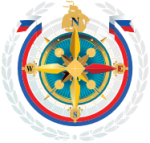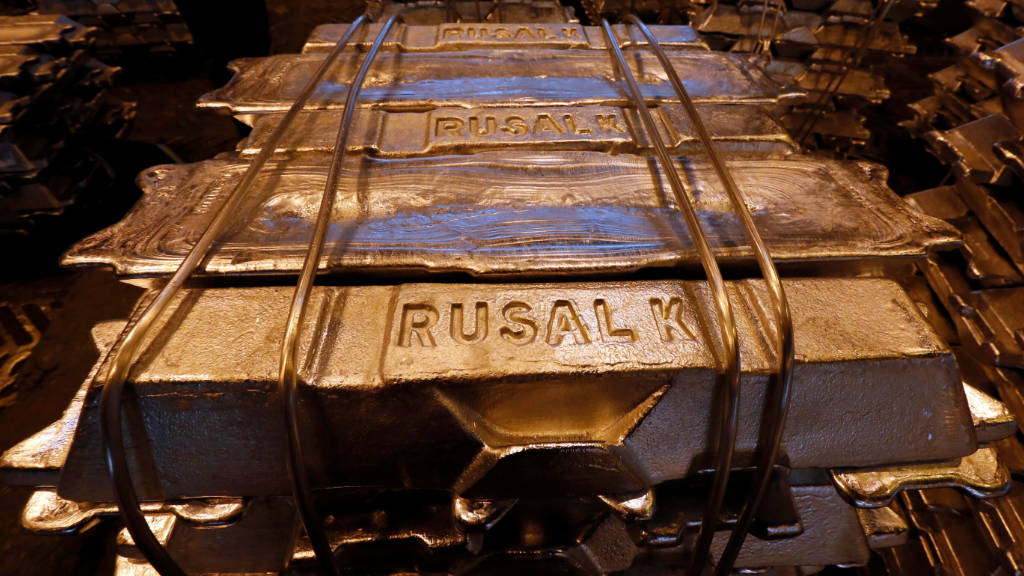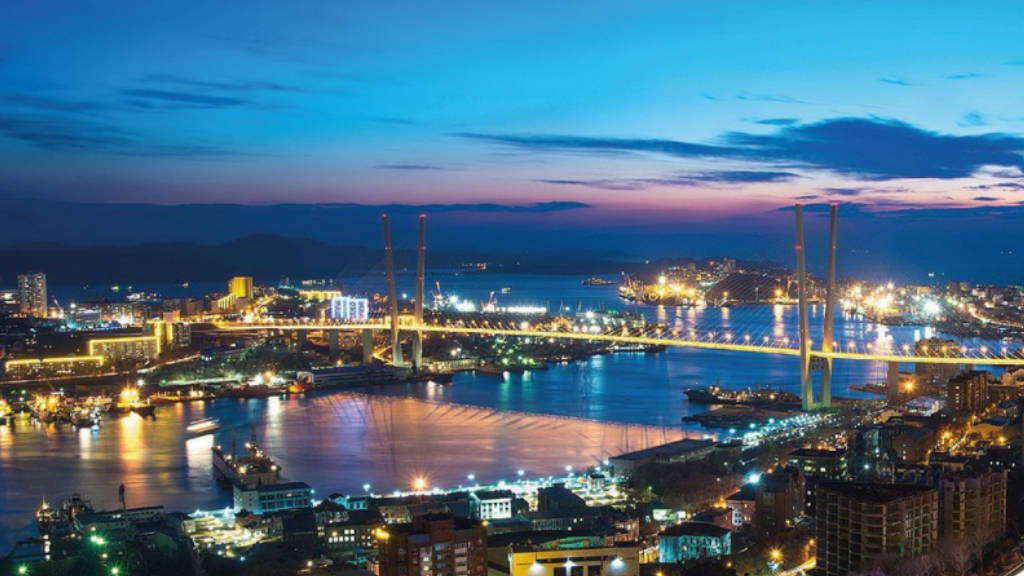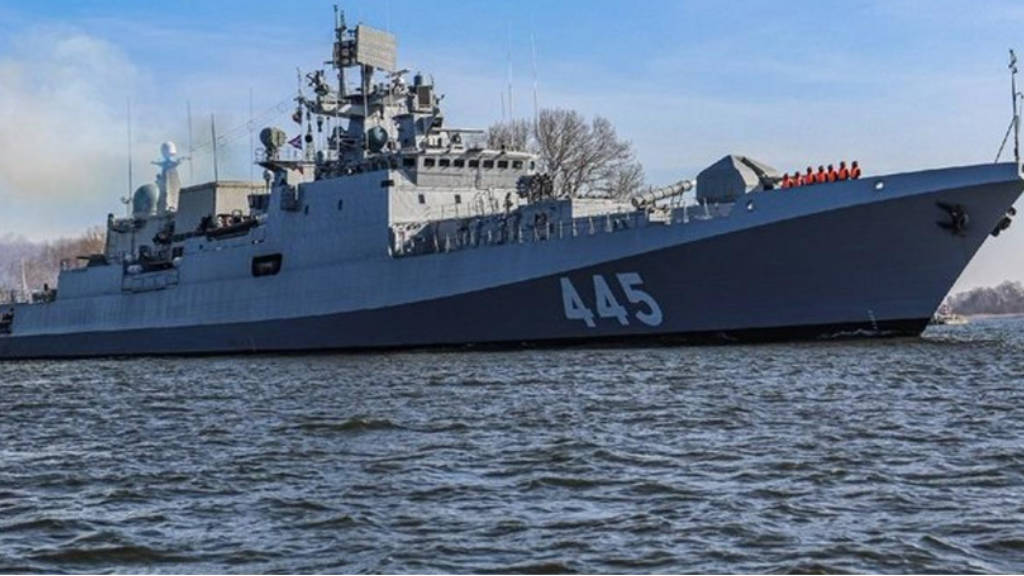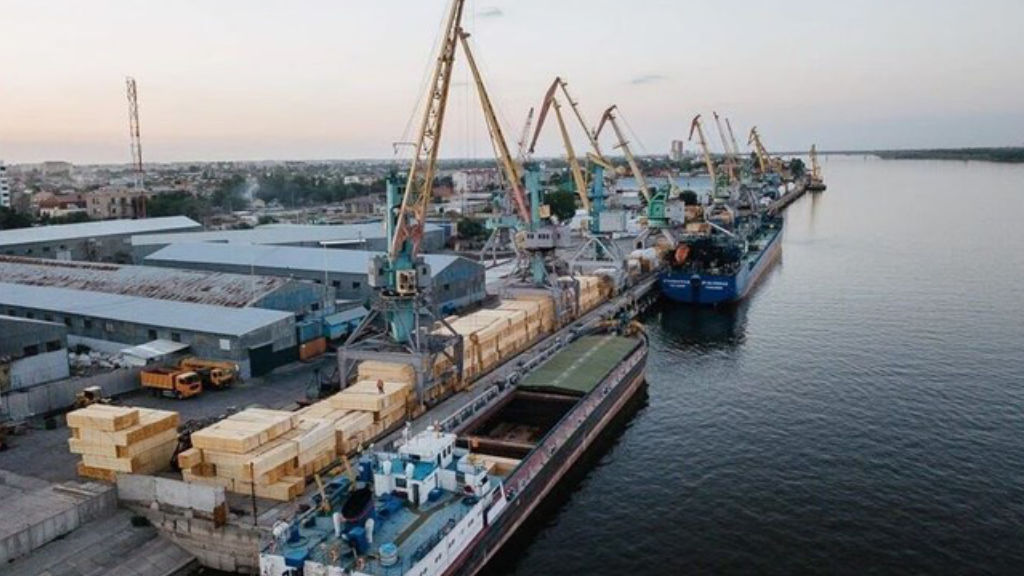
Iran’s imports of non-oil products from Russia have reached US$1.1 billion in the past 8 months, according to Foroud Asgari, Iran’s Minister of Customs. He said that Russia has now become the fifth largest source of Iranian imports.
In early December, Russian President Vladimir Putin had highlighted the stability and reliability of trade and economic relations with Iran, expressing optimism about further growth in bilateral trade volumes, praising ongoing projects between the two countries in logistics, energy, industry, and security.
Putin said, referring to enhanced cooperation in transportation that “The North-South Corridor is operational, and the volume of transportation along this route is steadily increasing.”
Iran and Russia have initiated the implementation of two major transit-logistics projects aimed at enhancing trade routes and reducing cargo transport times. The projects include the Ulyanovsk-Astara rail corridor and the Volga-Caspian Sea river route, which are expected to cut delivery times from 21 days to seven.
The critical Ulyanovsk-Astara railway line, which will be of significant help in transporting goods along the INSTC route, was inaugurated in early December at a ceremony attended by Aleksey Russkikh, the governor of Ulyanovsk, Davood Mirzakhani, the Iranian Consul-General in Kazan, and officials from India, Azerbaijan, Turkmenistan, Iraq, as well as managers from logistics companies, including the Iranian-Russian Salyanka port.
The Salyanka Port is in Russia’s Astrakhan region and is 53% owned by Iran’s state-owned shipping company, the Islamic Republic of Iran Shipping Lines (IRISL).
Iran and Russia have been taking serious steps to boost their mutual trade over the past few years. On November 11, Russia’s Mir payment network and Iran’s Shetab payment system were connected, allowing the two countries to bypass the SWIFT network and transfer money between them free of Western interference.
Mohammad-Reza Farzin, the Iranian Central Bank of Iran Governor, has said that integration of the two countries’ banking subsystems as a big step towards creating integrated economic cooperation in the region, completing the de-dollarization process and facilitating economic and tourism relations between Iran and Russia.
Both Russia and Iran view the current level of bilateral trade as insufficient, and have been implementing steps to boost the trade between the two countries to US$10 billion by 2030.
This includes developments identifying mutual agricultural capacities as well as suitable areas for the exchange of agricultural products in order to increase the level of trade in the agricultural sector. Iran also has available capacity in transit and transportation, with the INSTC capable of helping Russia’s bilateral trade with the Middle East, East Africa, India, Pakistan and southeast Asia.
Iranian President Masoud Pezeshkian has stated that an agreement to develop Iran into a regional transit and gas hub is a prime example of cooperation between Tehran and Moscow, saying that “We believe that if these important joint projects between Iran and Russia are implemented, they will create significant capacities for both countries to counter Western sanctions.”
Further Reading
Russia – Iran Comprehensive Strategic Partnership Agreement To Be Signed January 17
